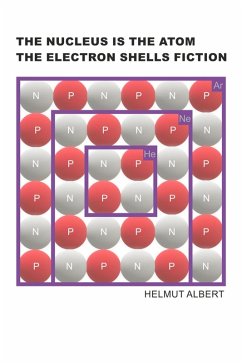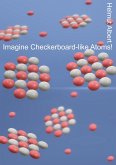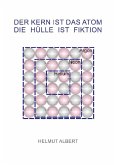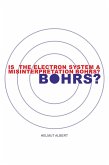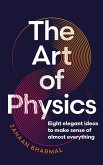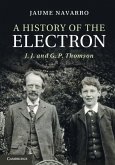With the first nuclear-shell atomic model in history in 1911, Ernest Rutherford postulated a large atomic shell with electrically negative electrons and a small electrically positive atomic nucleus. He considered the atomic nucleus to be a single positive charge around which electrons orbit, or linger, at a great distance. He did not yet know that the atomic nucleus is composed of protons and neutrons. Thus the often quoted comparison of the atom with a planetary system is comprehensible. (The construction principle is still valid for today's atomic model of particle physics). However, this idea quickly becomes nonsensical if one takes into account the later discoveries of the atomic building blocks proton (1919) and neutron (1932). And this in two respects: If one assumes that proton and electron have the same opposite electric charge, then the laws of nature would have to work here as well, as they apply to cations and anions in the structure of the ion crystals. However, the same applies also to the so-called atomic nucleus and its protons and neutrons, whose nuclear force is unexplained by science until today. In the 3rd chapter, the treatise refers to this by dealing with the rotational properties and the kinetic energies of the nucleons. Also for this particle system of the so-called nucleus only one possibility of a structure exists: That of a chessboard-like structure! This e-book edition is a translated and modified treatise, of the e-book published in German in 2019: "Der Kern ist das Atom, die Hülle ist Fiction". The shown theory refers to the atom model with chessboard-like structure (Albert 2017)
Dieser Download kann aus rechtlichen Gründen nur mit Rechnungsadresse in A, B, BG, CY, CZ, D, DK, EW, E, FIN, F, GR, H, IRL, I, LT, L, LR, M, NL, PL, P, R, S, SLO, SK ausgeliefert werden.

